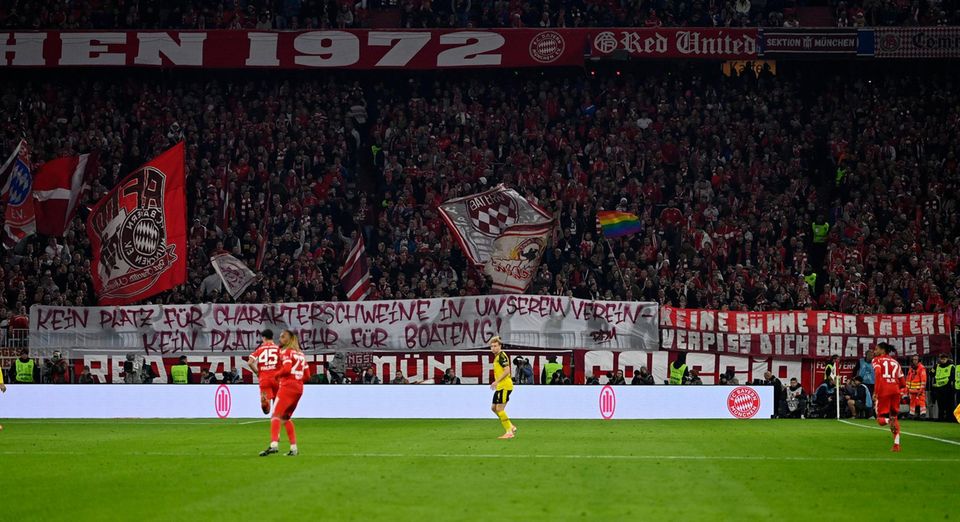Jane Stock is a technology author, who has written for 24 Hours World. She writes about the latest in technology news and trends, and is always on the lookout for new and innovative ways to improve his audience’s experience.
Menu
Housing policy: government presents new building subsidies
Categories
Most Read
Crisis in France: S&P lowers rating: France is threatened with higher interest payments
October 18, 2025
No Comments
Why the price of gold could rise even more dramatically
October 18, 2025
No Comments
The widow’s pension is offset against your own pension
October 18, 2025
No Comments
Migration of companies: shareholder advocates support Merz’s push for a European stock exchange
October 18, 2025
No Comments
What are the modifications that are coming?
October 17, 2025
No Comments
Latest Posts

“Fuck off, Boateng!” – Bayern fans protest against world champions
October 18, 2025
No Comments
In the top game against BVB “Fuck off, Boateng!” – Bayern fans protest against coach internships The controversial world champion Jérôme Boateng wants to attend

Maite Kelly surprises with a revealing song at “Schlagerboom 2025”.
October 18, 2025
No Comments
“Pop boom 2025” Singer Maite Kelly surprises with an unusually revealing song Copy the current link Add to watchlist Your new song tells of a

Protest: Americans are taking to the streets again against Trump
October 18, 2025
No Comments
IvanI have been working in the news industry for over 6 years, first as a reporter and now as an editor. I have covered politics
24 Hours Worlds is a comprehensive source of instant world current affairs, offering up-to-the-minute coverage of breaking news and events from around the globe. With a team of experienced journalists and experts on hand 24/7.

